The Arboretum forest is a “natural area,” known as an urban forest.
Unlike the cultivated gardens south of King County’s Green-to-Cedar River trail, the 26-acre forest reserve is growing naturally. Minimum intervention is done to manage and control the growth of the plants found in the forest. So why is the word natural in quotes? The reason is that the forest is an unnatural natural area. As opposed to a natural forest, the Arboretum’s forest reserve is an urban forest – a forest located in an urban area. Mother Nature never intended her forests to be plunked down in the middle of a city, hemmed in by surrounding houses, but as cities have grown, urban forests are extremely important and our forest is a valuable gem within the city of Maple Valley.
The forest reserve contains a wide range of plants native to Washington. The predominant trees in the forest are conifers – the majority of which are Douglas firs (Psuedotsuga menziesii), but the forest also contains a large number of western hemlock (Tsuga heterophylla) and western red-cedar (Thuja plicata) as well as a few Pacific yews (Taxus brevifolia). The forest is also home to a number of deciduous trees, such as vine maples (Acer circinatum), bigleaf maples (Acer macrophyllum), red alder (Alnus rubra), and cascara (Rhamnus purshiana). Some of the native shrubs that have a home in the forest reserve are salal (Gaultheria shallon), Indian plum (Oemlaria cerasiformis), baldhip rose (Rosa gymnocarpa) and red huckleberry (Vaccinium parvifolium). You will also find a few ferns, such as the western swordfern (Polystichum munitum), bracken fern (Pteridium aquilinum) and licorice ferns (Polypidium glycyrrhiza) growing along the trunks of some of the big leaf maples.
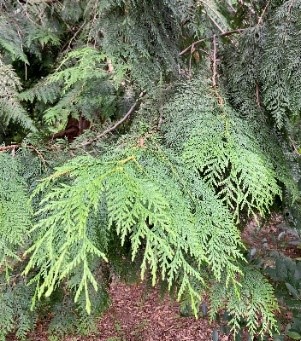
Western Red Cedar 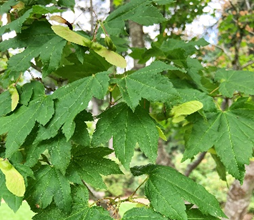
Vine Maple 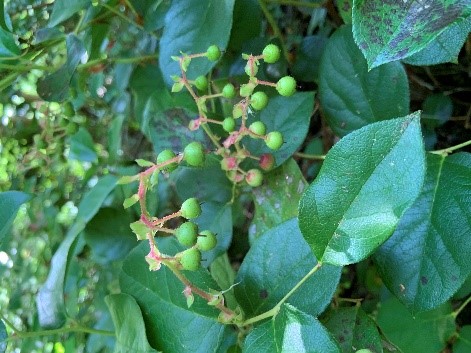
Salal 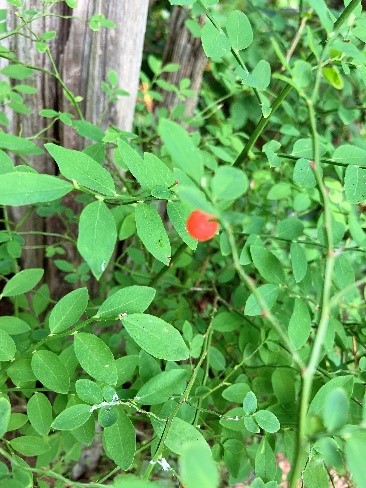
Red Huckleberry 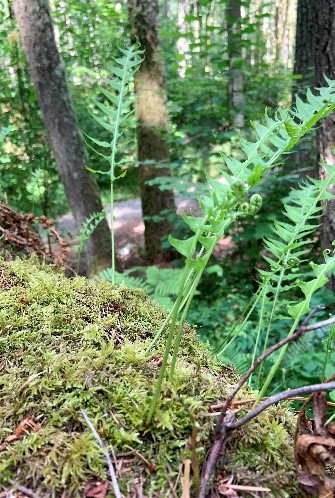
Licorice Fern 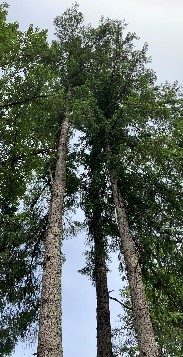
Douglas Fir 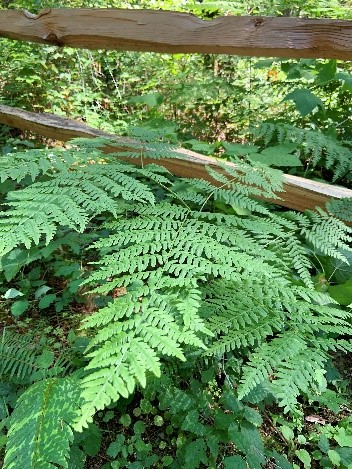
Bracken Fern 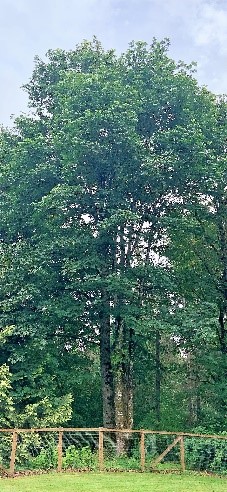
Bigleaf Maple 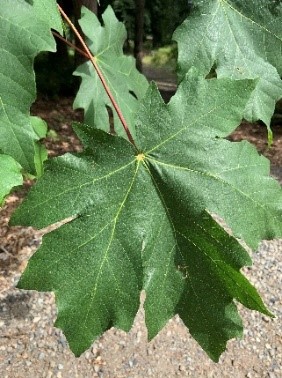
Bigleaf Maple Leaf 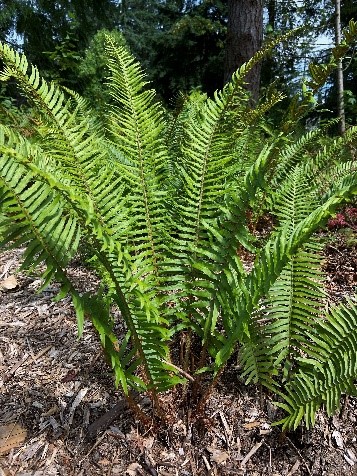
Western Swordfern
